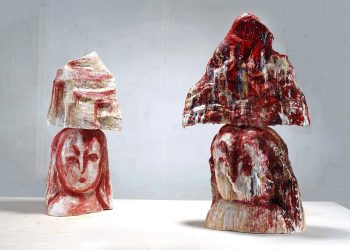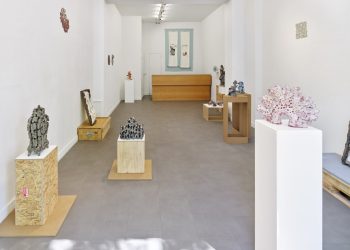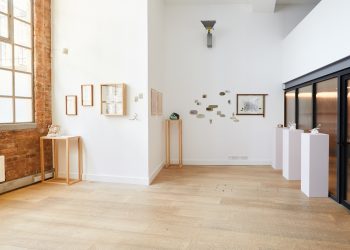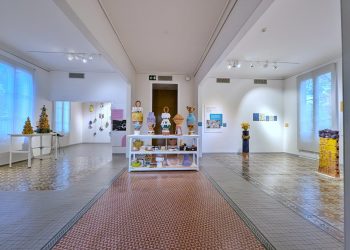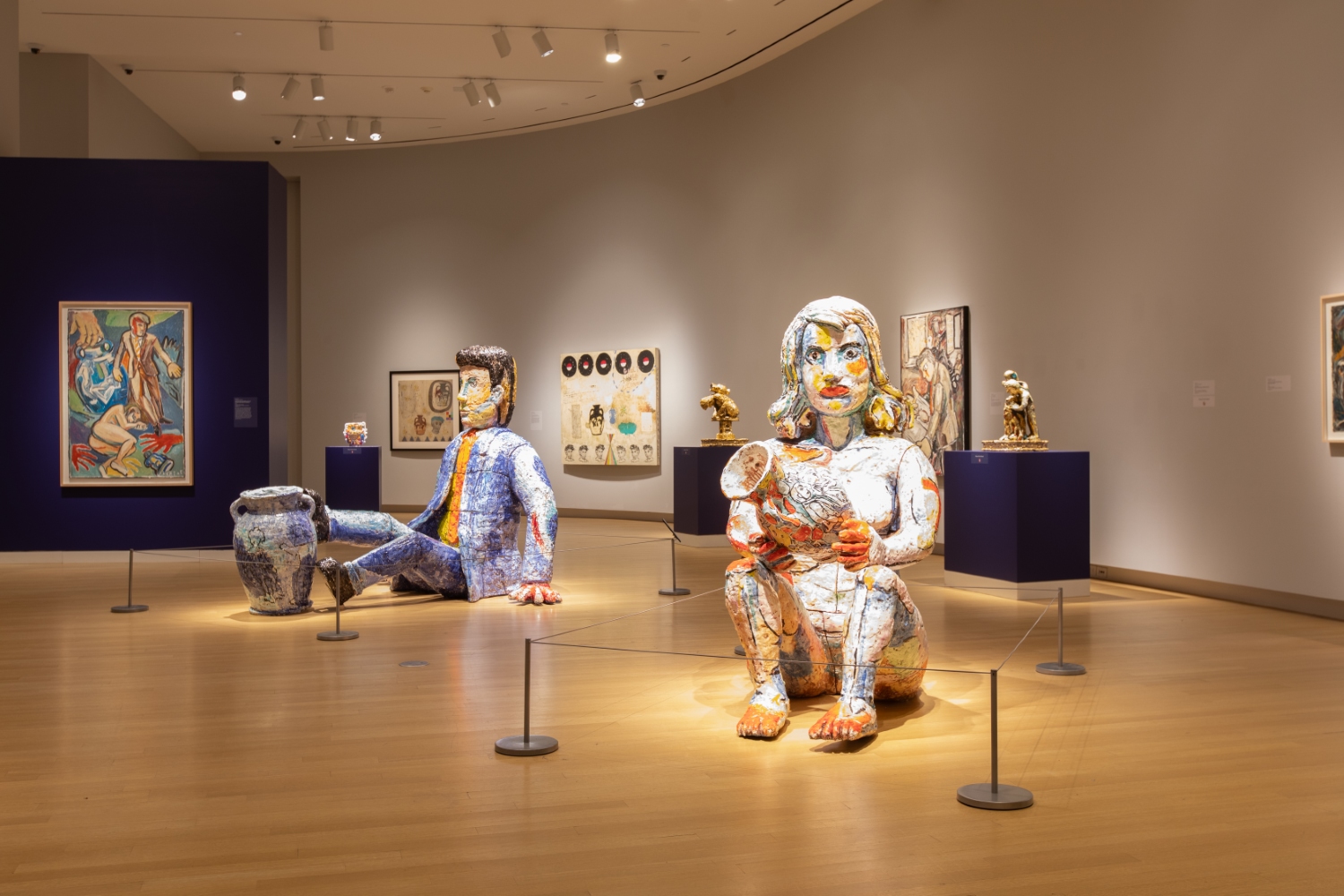
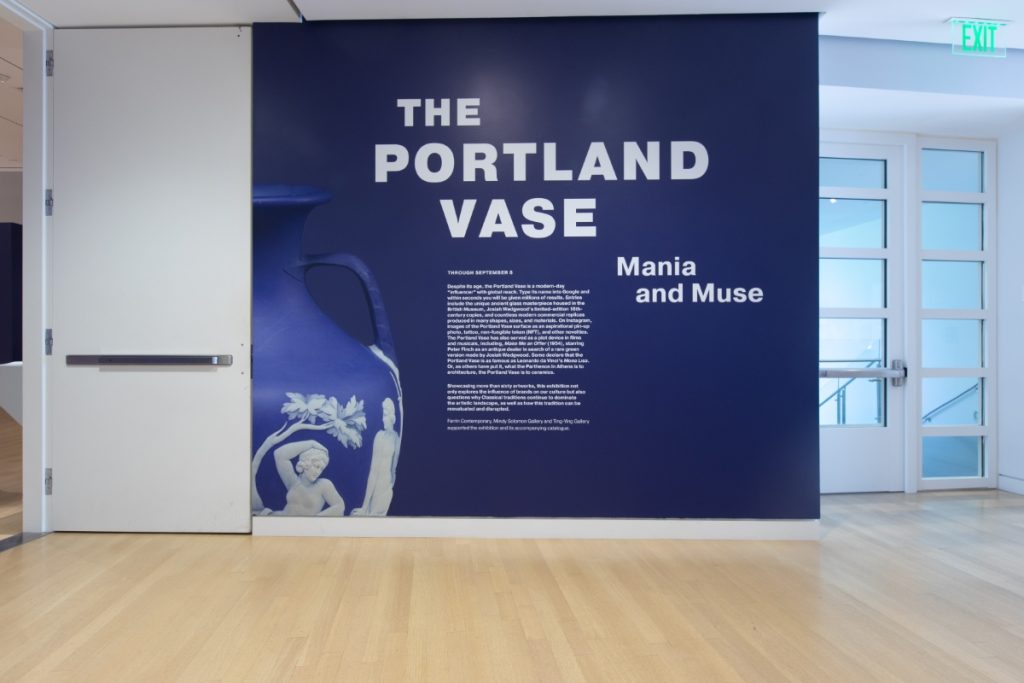
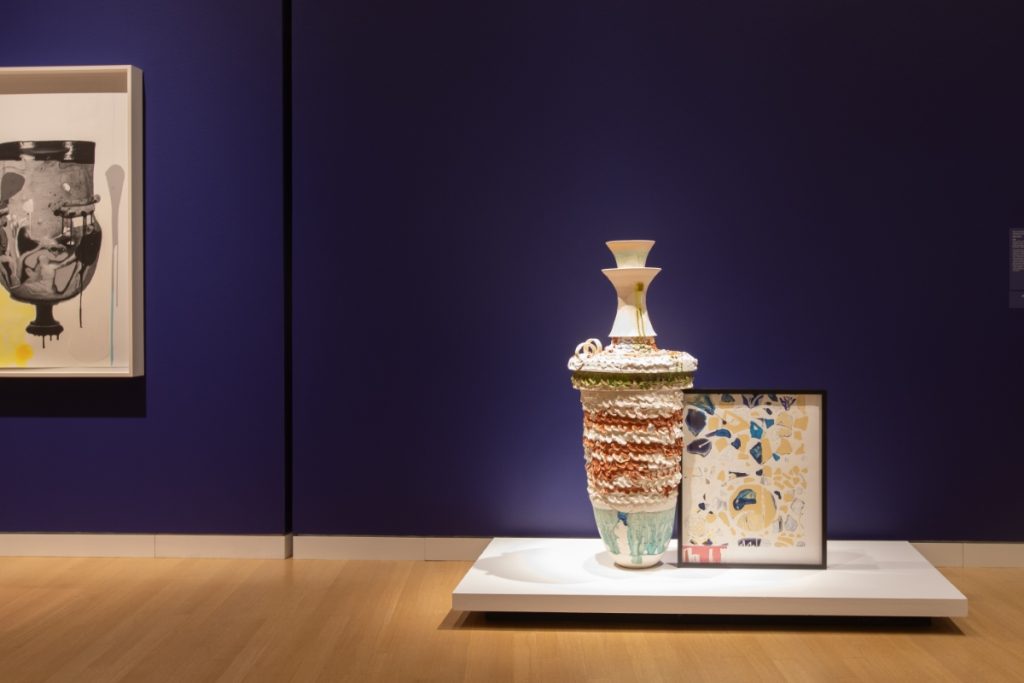
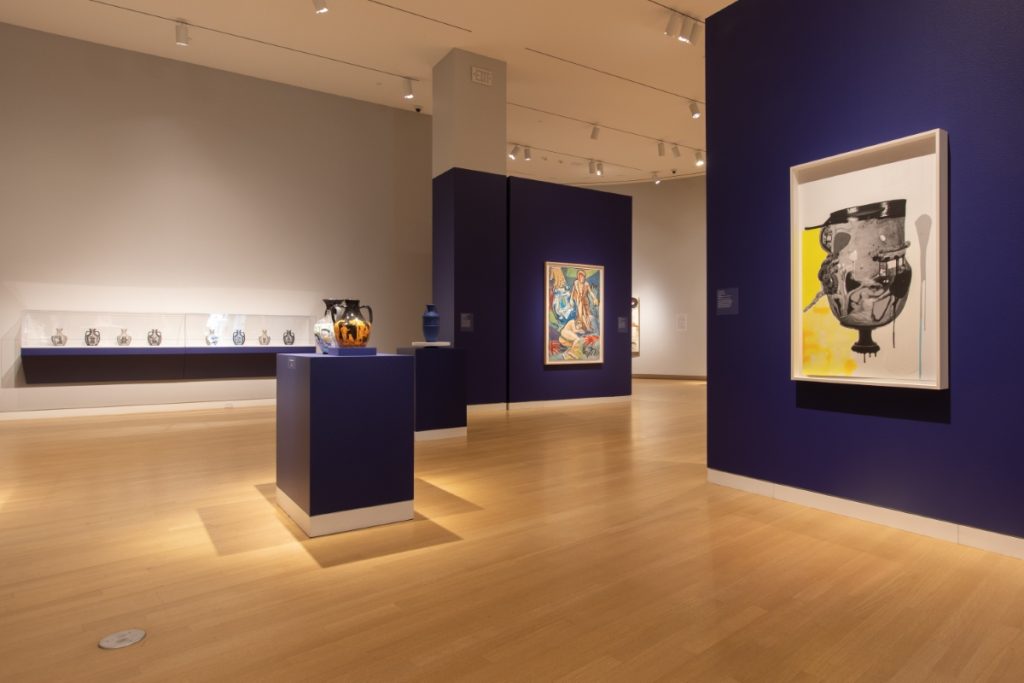
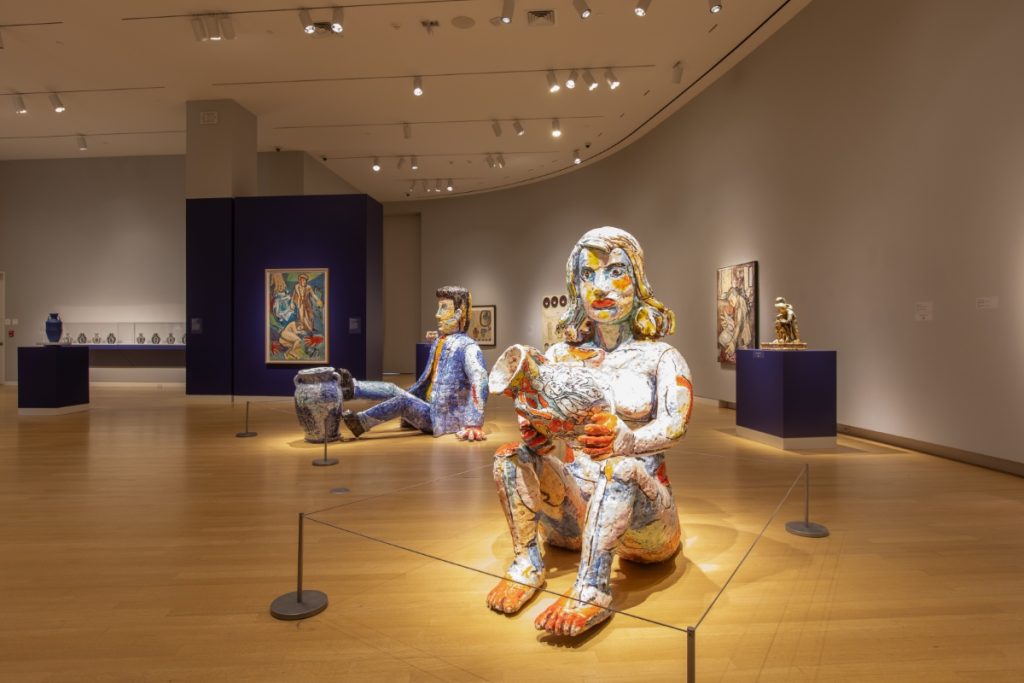
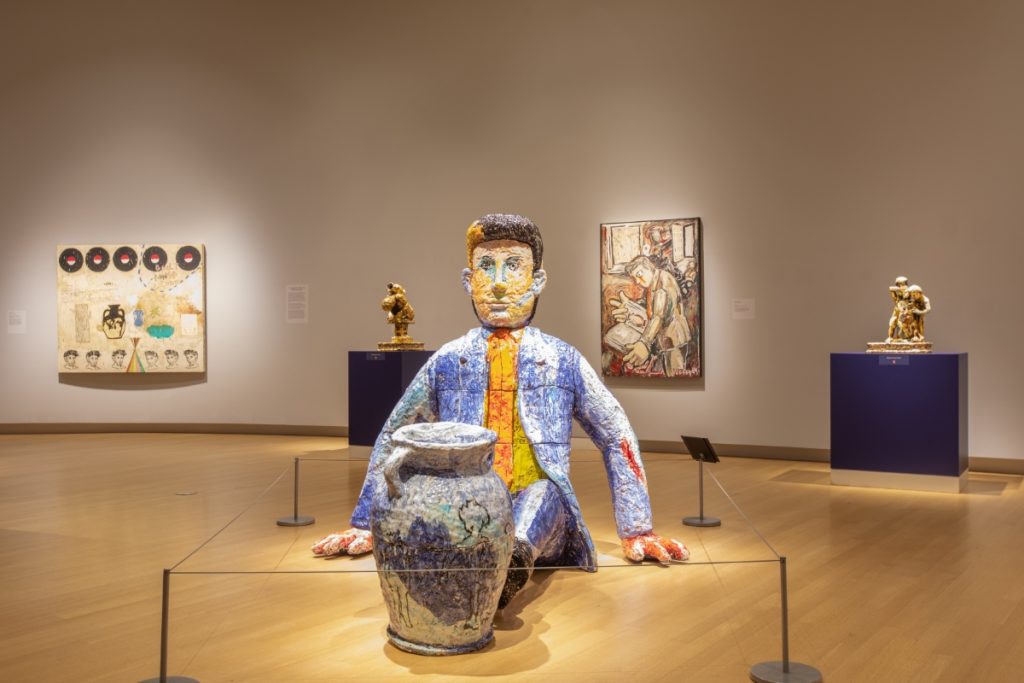
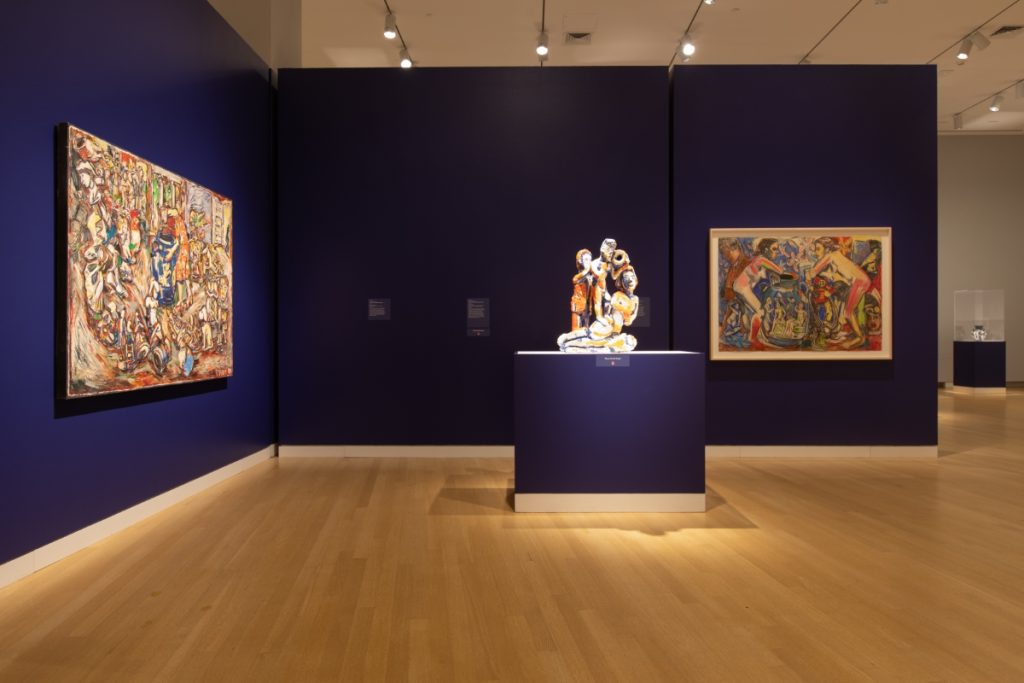
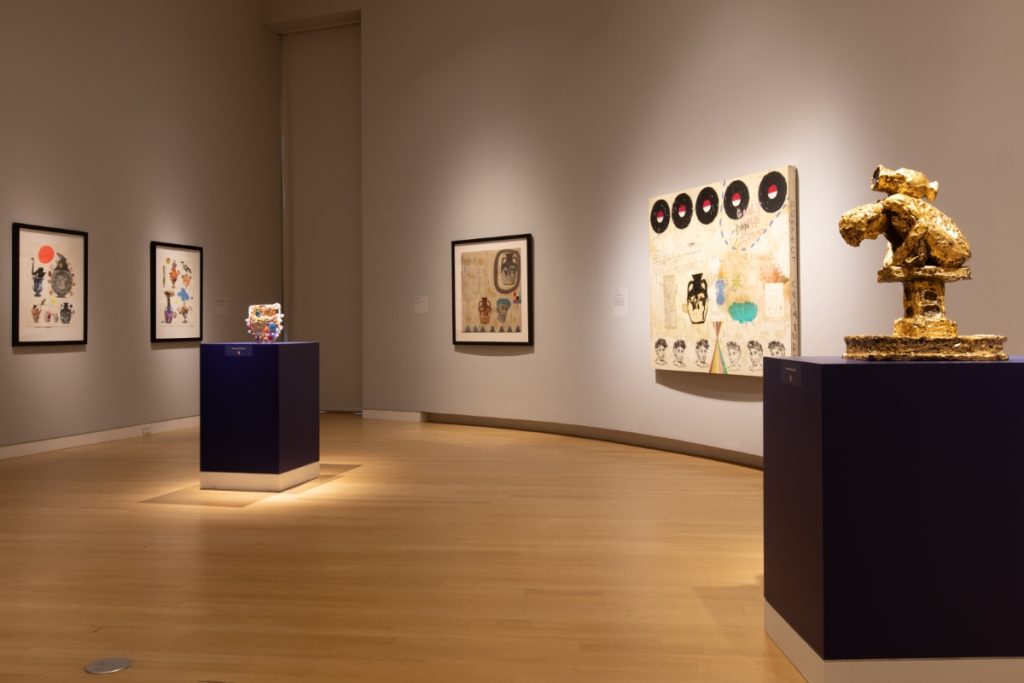
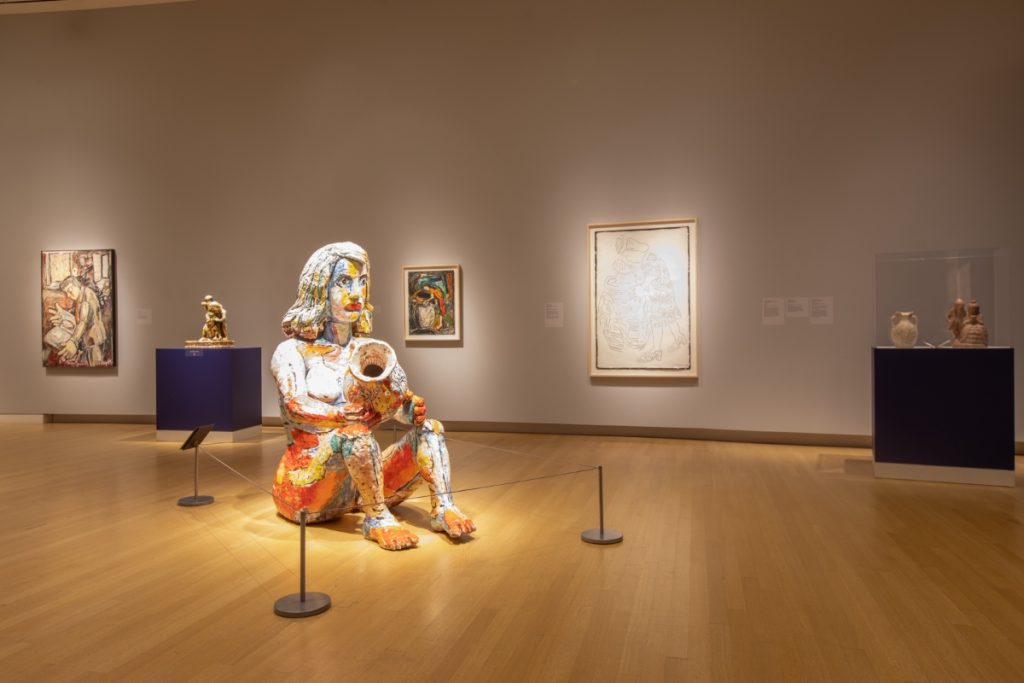
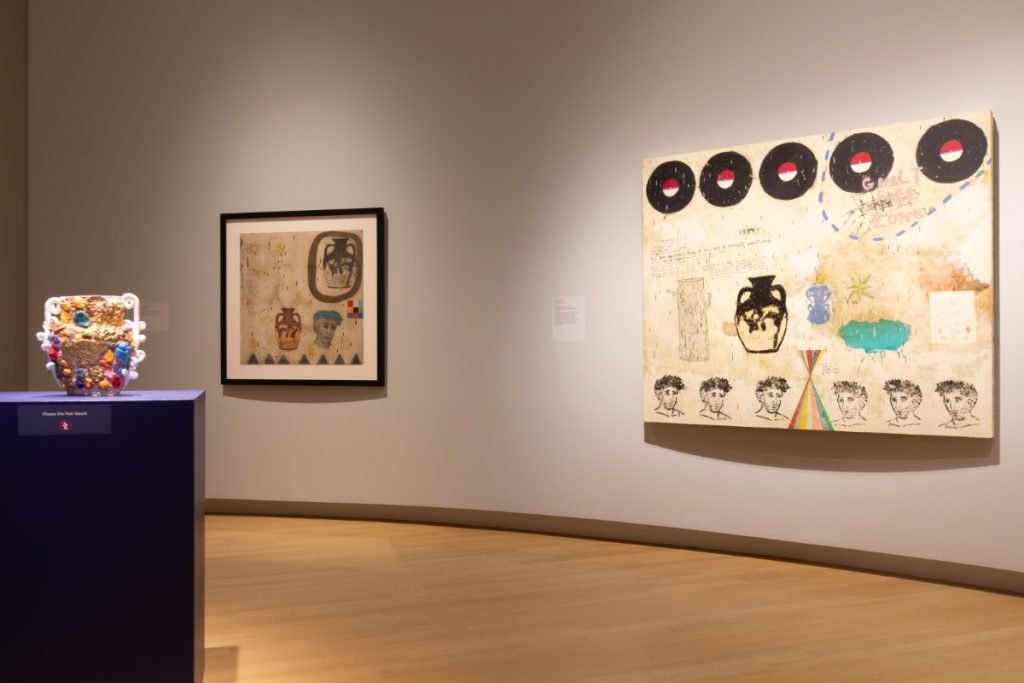
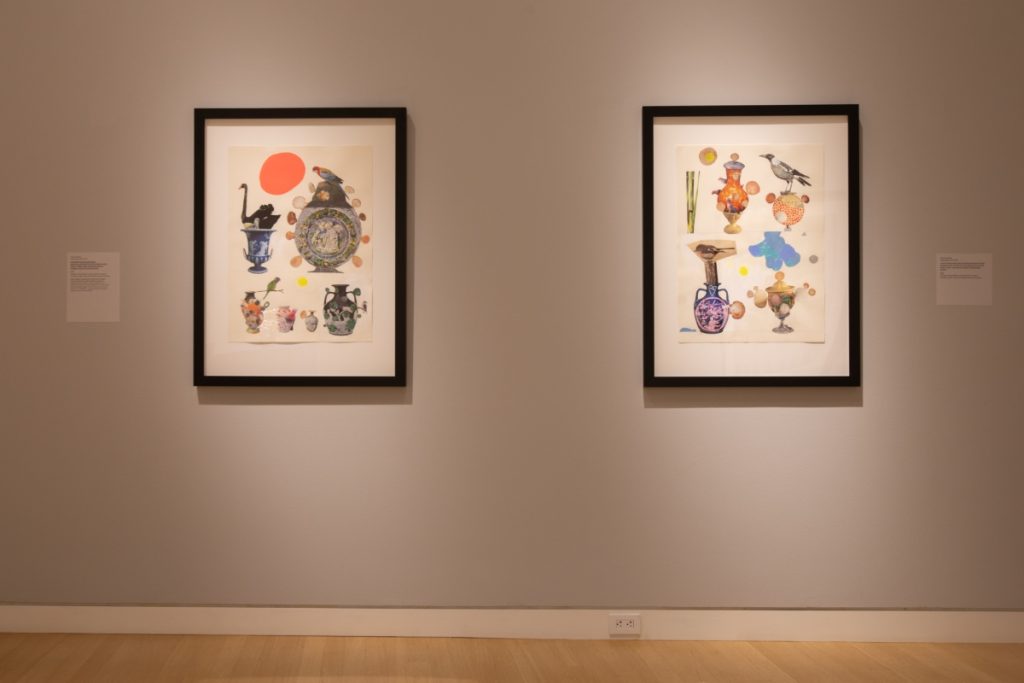
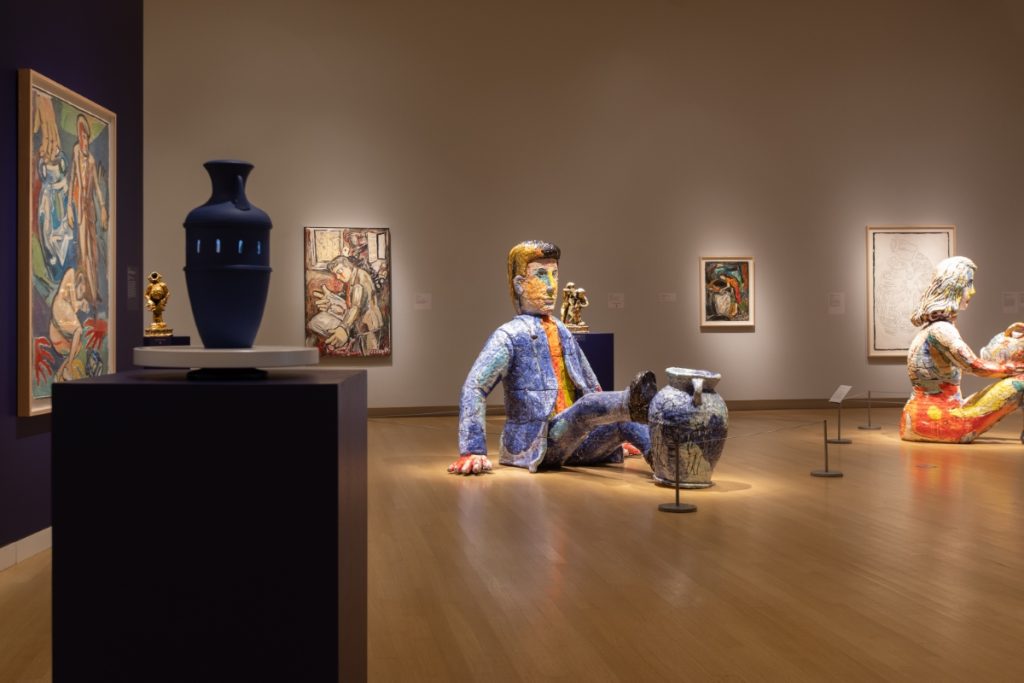
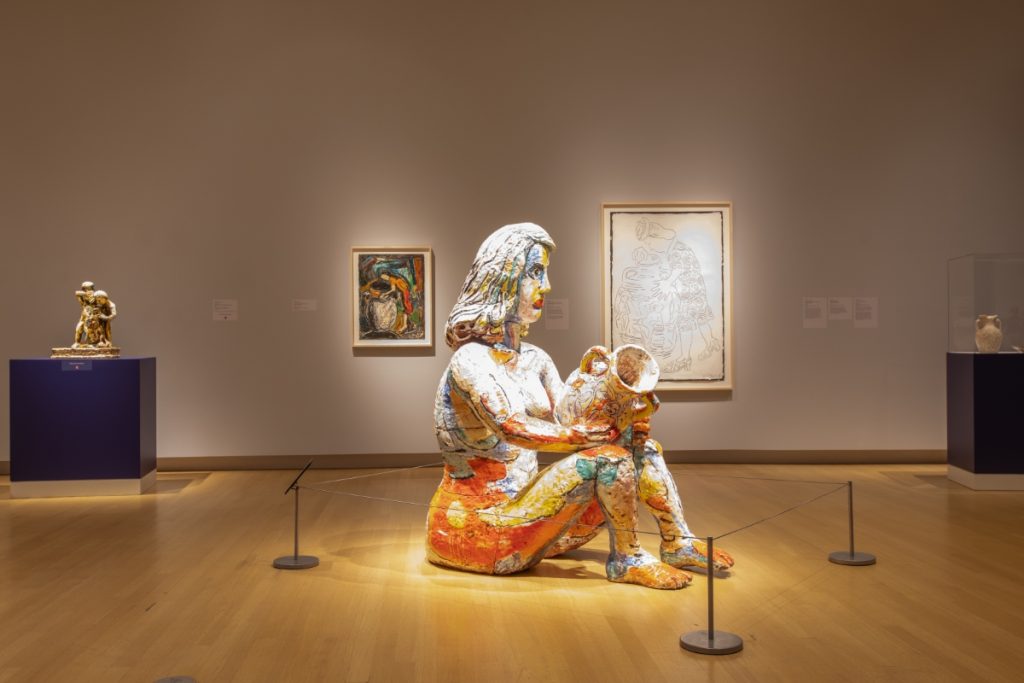
The Portland Vase: Mania and Muse is on view at the Crocker Art Museum, Sacramento
June 9 – September 8, 2024
The Crocker Art Museum is pleased to announce The Portland Vase: Mania and Muse, a comprehensive exhibition that delves into the fascinating journey of the ways a single Classical vase rose to legendary status, shaping and influencing art and commerce across time and space. Featuring more than sixty artworks, and on view from June 9 through September 8, 2024, this exhibition not only explores the influence of brands on our culture but also questions why Classical traditions continue to dominate the artistic landscape, as well as how this tradition can be reevaluated and disrupted.
“This exhibition seeks to uncover the reasons why this ancient vase looms so large in our collective memory as well as how it continues to be vital in culture today. Spanning centuries, The Portland Vase: Mania and Muse starts with the history of this cameo glass vase and demonstrates its impact on modern artists through the work of Viola Frey, Squeak Carnwath, Hitomi Hosono, and others. We hope visitors will have the opportunity to see aspects of art history through new eyes, drawing new and surprising connections,” said Lial A. Jones, Mort and Marcy Friedman, Director & CEO, Crocker Art Museum.
The words “Portland Vase” yield 16,100,000 search results on Google. Entries include the unique ancient glass masterpiece housed in the British Museum, Josiah Wedgwood’s limited-edition 18th-century copies, and countless modern commercial replicas produced in many shapes, sizes, and materials. On Instagram, images of the Portland Vase surface as an aspirational pin-up photo, tattoo, non-fungible token (NFT), and other novelties. The Portland Vase has also served as a plot device in films and musicals, including, most notably Make Me an Offer (1954), starring Peter Finch as an antique dealer in search of a rare green version of the Vase made by Josiah Wedgwood. According to the Corning Museum of Glass, the Portland Vase is as famous as Leonardo da Vinci’s Mona Lisa.
The original ancient vase, originally called the Barberini Vase, was once believed to house the ashes of a Roman emperor and was discovered in the late 16th century in a tomb outside Rome. Documented in engravings by artist Francesco Bartolozzi and others, and published in folios, pattern books, and journals, the Portland Vase served as a model of Classical perfection—despite the fact that the bottom register had been cut off, resulting in a truncated—as opposed to a tapered— base. It rose to prominence during the 18th century in Britain, as interest in antiquities increased greatly as a result of recent archaeological discoveries in Italy. Publications by scholars, dilettantes, collectors, and travelers helped drive the fervor for ancient art. As members of the aristocracy began to fill their homes with objects pillaged from Classical sites, others who could not afford to source original works were satisfied with copies; ultimately, the goal was to display through one’s possessions—whether authentic or not—a certain understanding of ancient Greek and Roman concepts and styles and, by extension, a refined sophistication.
Vandalized in 1845, the breaking and subsequent restoration of the original Portland Vase only enhanced its reputation. This infamous and widely reported event created a mania, prompting an increased inundation of copies, and by the late 18th century, various manufacturers produced three-dimensional copies of the Vase with varying degrees of success. One shining example of a success was Josiah Wedgwood, who through his technological and marketing savvy, generated even more excitement about the vase. His first-edition replicas made with his newly developed jasperware (fine stoneware), set the ceramic standard of excellence around the world and became as sought-after and admired as the original. This vase has remained in production for more than 250 years. It is this work that represents the apex of the Wedgwood manufactory under Josiah Wedgwood, bringing together all aspects of his genius and helping secure his legacy as one of the world’s most perceptive, innovative, and entrepreneurial potters.
In the 20th and 21st centuries, studio ceramists and artists have continued to be enthralled both by the cameo glass antiquity and Wedgwood’s replicas. Though their practices vary, these artists engage with issues concerning the ceramic canon, technological innovations, or museum stewardship. Many of the works in the exhibition were made by the late Viola Frey, who emerged as one of the prominent figures at the forefront of this re-evaluation, using her West Coast independent spirit and California Funk kitsch culture to disrupt the Classical icon. Known for her towering ceramic effigies in polychrome glazes, Frey was one of eighty American and British ceramists invited to participate in the exhibition Contemporary Ceramics: A Response to Wedgwood in 1980, which prompted her fascination with Josiah Wedgwood and his rendition of the Portland Vase. She explored these themes in her own work for more than three decades. By changing scale or introducing novel juxtapositions between oversized hands, archetypal grandmothers, businessmen, and Classical nudes, she incisively critiqued the patriarchy of the art world, along with notions of beauty and originality.
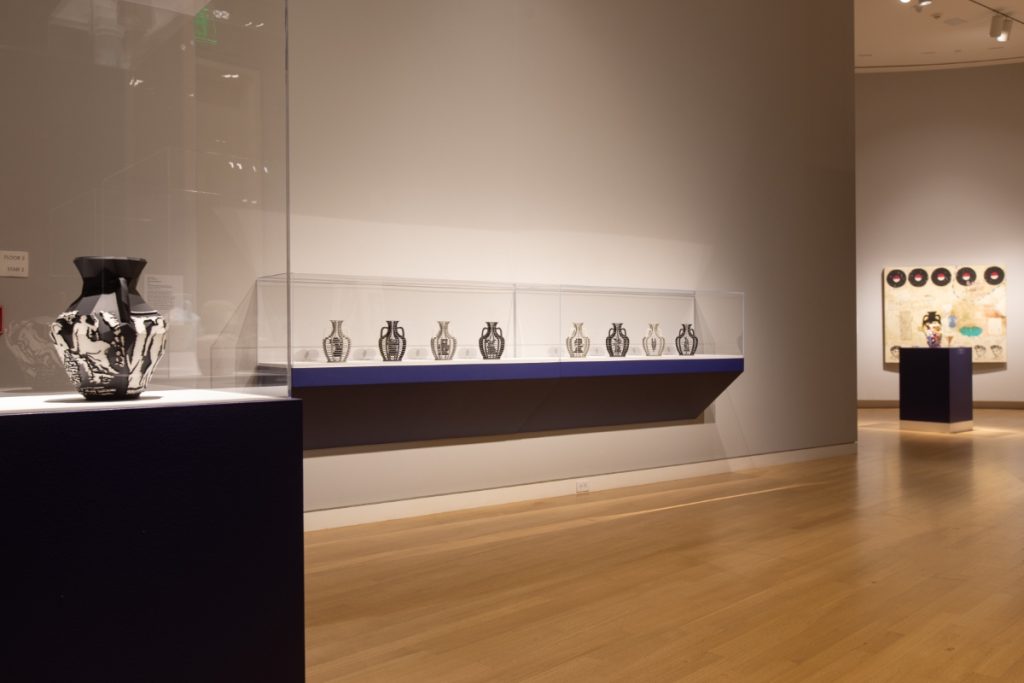
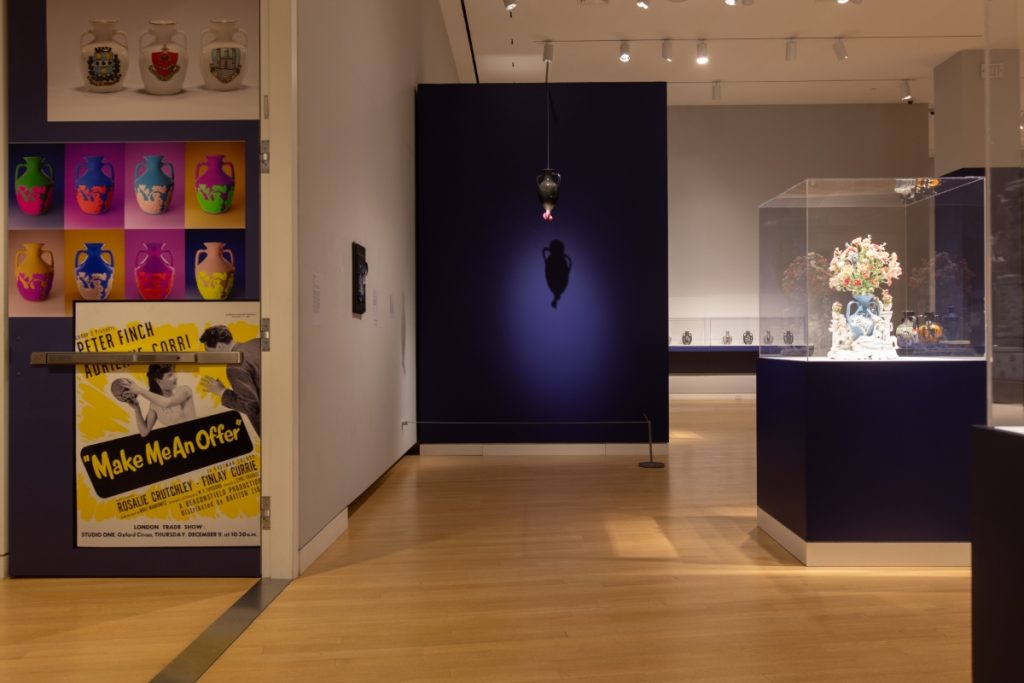
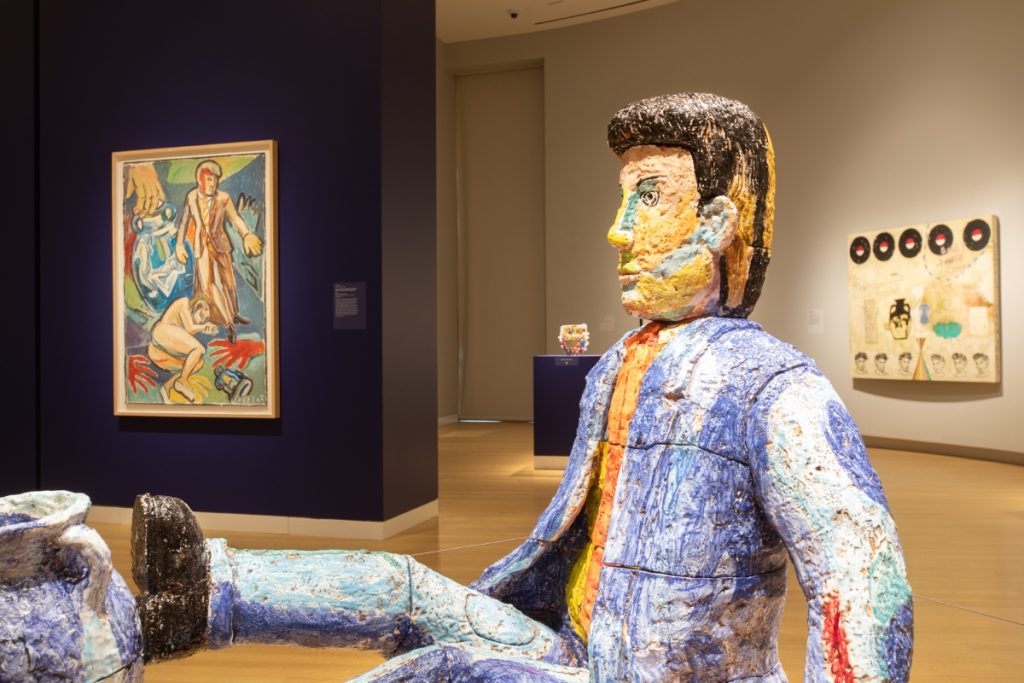
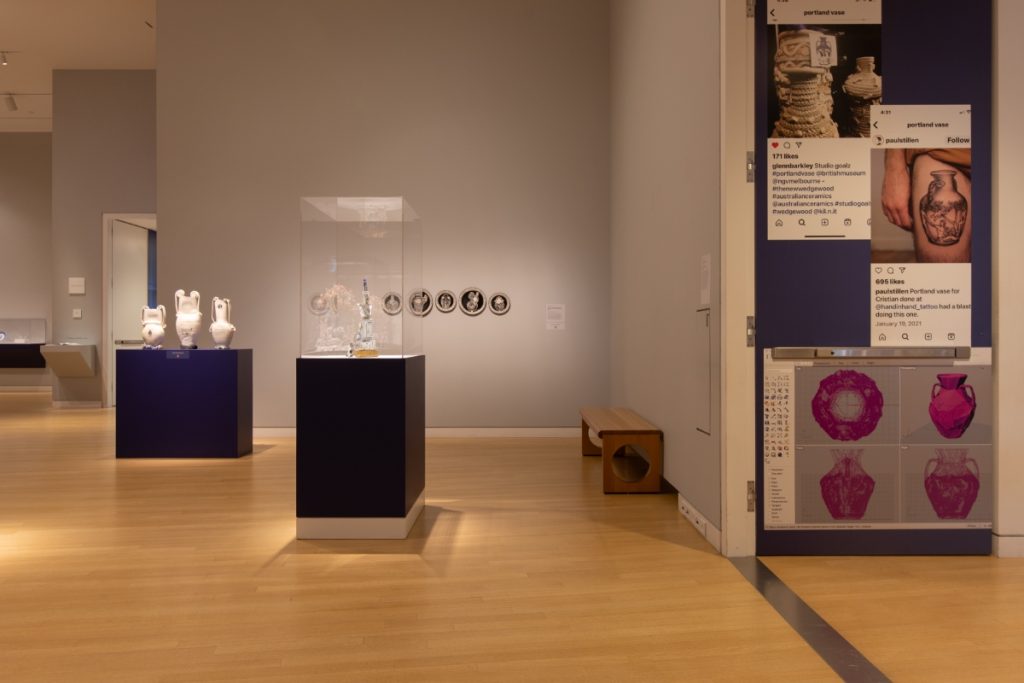
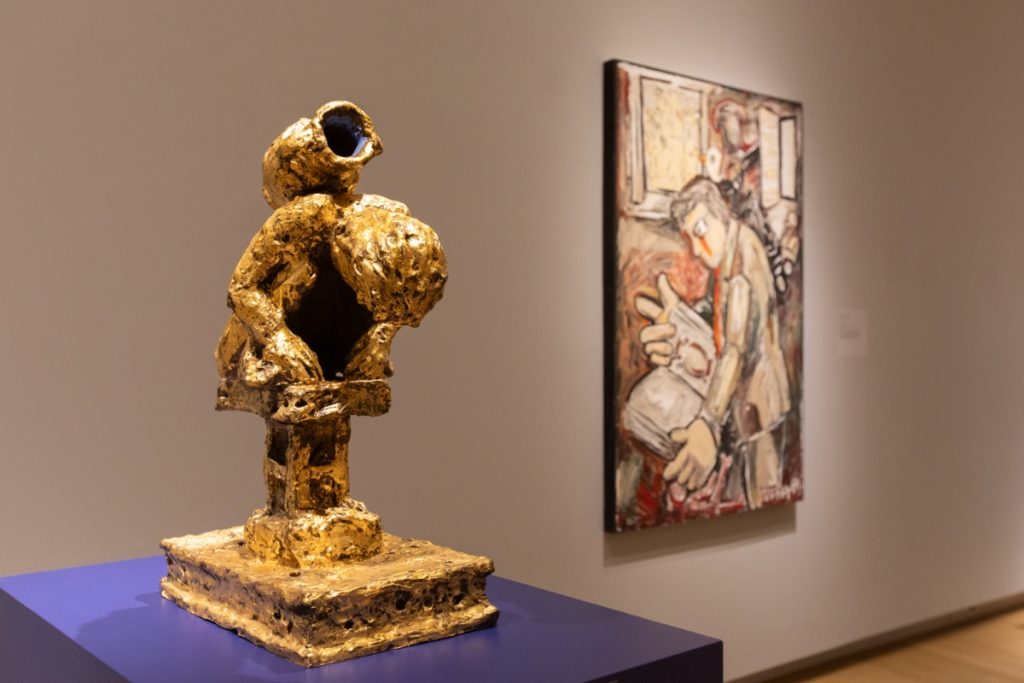
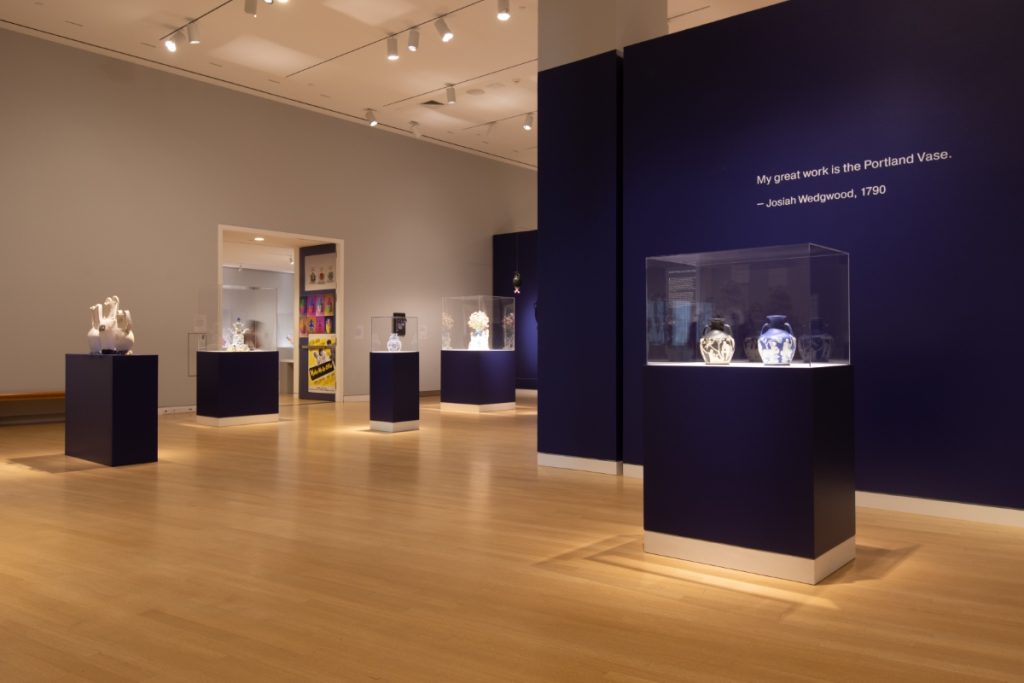
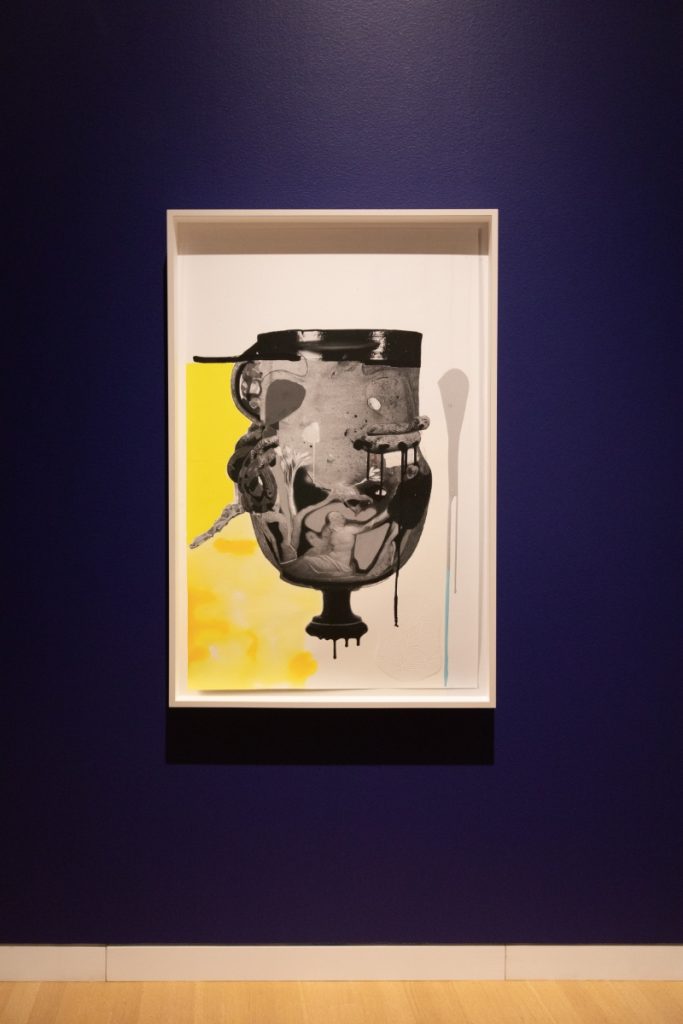
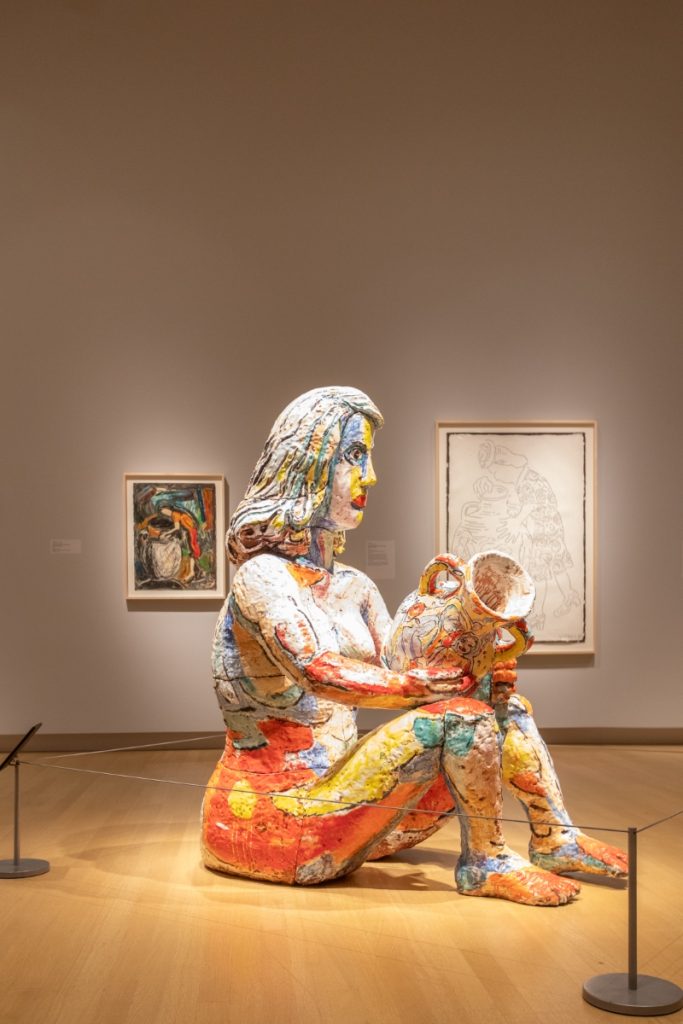
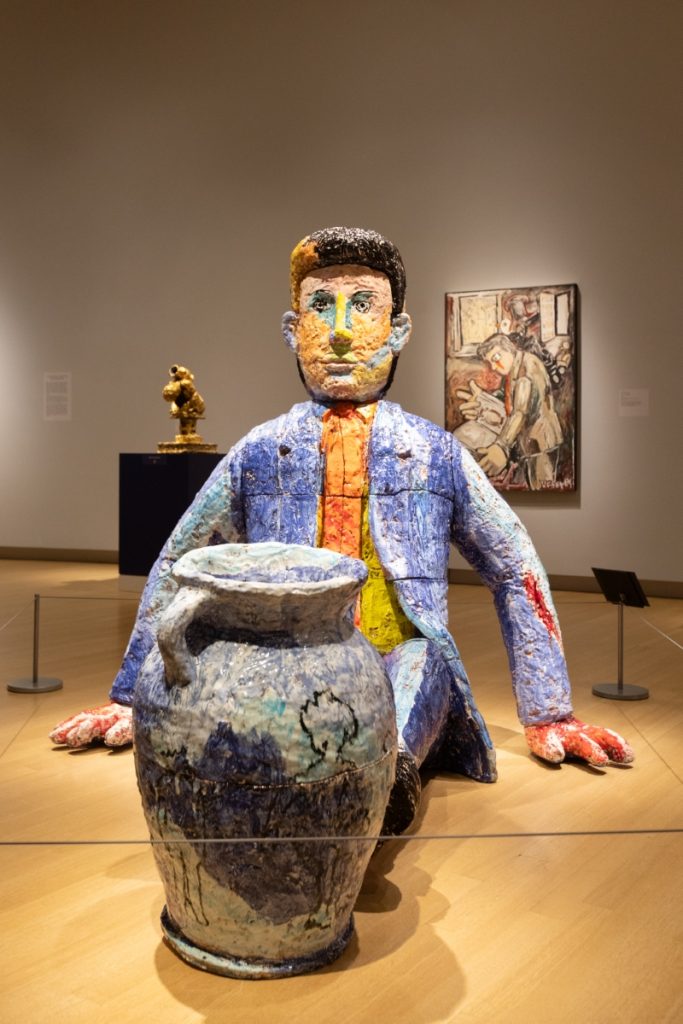
“The Portland Vase, encompassing the original cameo glass antiquity and its enduring legacy, serves as a compelling point of departure for a collective ceramic exhibition. Just as the breaking and subsequent restoration of the original vase enhanced its reputation, contemporary interpretations disrupt canonical ceramic histories and offer new insights into present-day issues,” states Sara Morris, the Crocker’s Ruth Rippon Curator of Ceramics.
Works by numerous living artists including Squeak Carnwath, Laurent Craste, Glenn Barkley, Hitomi Hosono, Mara Superior, Peter James Smith, and Stuart Aspley, all challenge the Portland Vase’s status as a Greco-Roman “masterpiece” and symbol of Western civilization and enlightenment. Chris Antemann, Beth Lo, and Roberto Lugo paint or fashion figures that replace the original Classical relief with new and sometimes personal narratives. Others, such as Michael Eden, Chris Wight Peter Pincus, and Alice Walton riff on Josiah Wedgwood’s obsession with replicating the Portland Vase and the challenges the potter faced in creating his own perfect version in jasperware. While Nicole Cherubini, Clare Twomey, and Nancy Selvin focus on the Vase’s infamous near destruction and meticulous restoration by the British Museum. In this way, these contemporary artists share the goal of uniting the distant past with the present and, remarkably, of making new objects that interrogate the legacy, materiality, and meaning of the Portland Vase.
The Portland Vase’s provenance, enigmatic carvings, destruction and reconstruction, symbolism of perfection and imperialism, and enduring fame all provide fertile ground for artists to explore. Collectively, these artists convey that the Portland Vase is not only a treasured monument of the past, but an object to inspire new objects and thus a means to expand their artistic boundaries, challenge colonial histories, and grapple with complex histories of making. These contemporary works are created for everyone, irrespective of their familiarity with artistic precedents and origins, and therefore serve as a testament to the enduring relevance of the Portland Vase as a modern-day influencer.
A catalogue, The Portland Vase: Mania and Muse, is available for purchase in the Crocker Museum Store. The exhibition is curated by guest curator Rachel Gotlieb, PhD. On Saturday, August 3, a virtual public program Backstory: Portland Vase Mania brings together curator Rachel Gotlieb and artists Clare Twomey, Glenn Barkley, and Nancy Selvin for a conversation around how contemporary artists are rethinking and addressing art and social histories through reinterpretations of this iconic vessel.
EXHIBITION RELATED EVENTS AND PROGRAMS
• Tour: The Portland Vase: Mania and Muse – Wednesday, June 12
• Drink and Draw: Ceramics in The Portland Vase: Mania and Muse – Saturday, July 27
• Material Explosion: Clay Play Inspired by The Portland Vase: Mania and Muse – Saturday, July 27
• Backstory: Portland Vase Mania (via YouTube Live) – Saturday, August 3
• Clay Creations Inspired by The Portland Vase: Mania and Muse – Saturday, August 3
Contact
cam@crockerartmuseum.org
Crocker Art Museum
216 O Street
Sacramento CA 95814
United States
Photography by Brian Suhr



